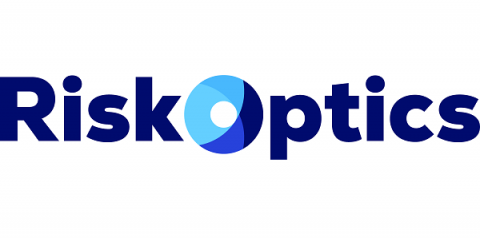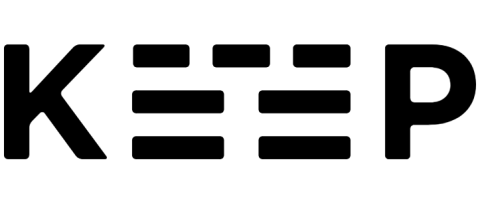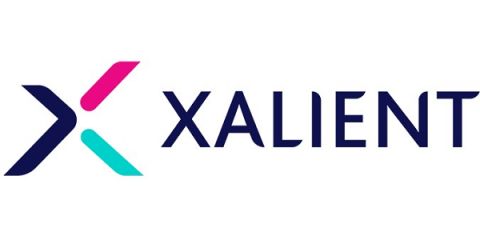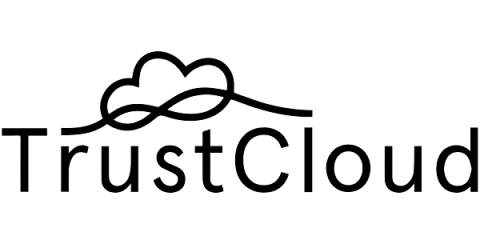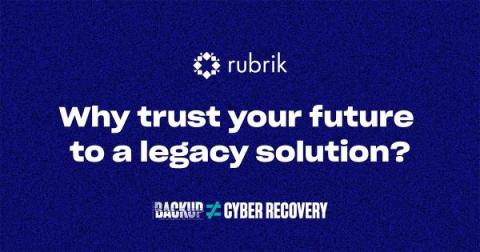SMB Port Numbers: A Guide to Optimizing and Securing Your Network
In the digital age, where data is the new gold, ensuring the security and efficiency of network communication is paramount for businesses of all sizes. The Server Message Block (SMB) protocol plays a crucial role in facilitating file sharing, network browsing, and printer access among devices on a network. Understanding SMB port numbers is essential for IT professionals looking to optimize and secure their networks.



